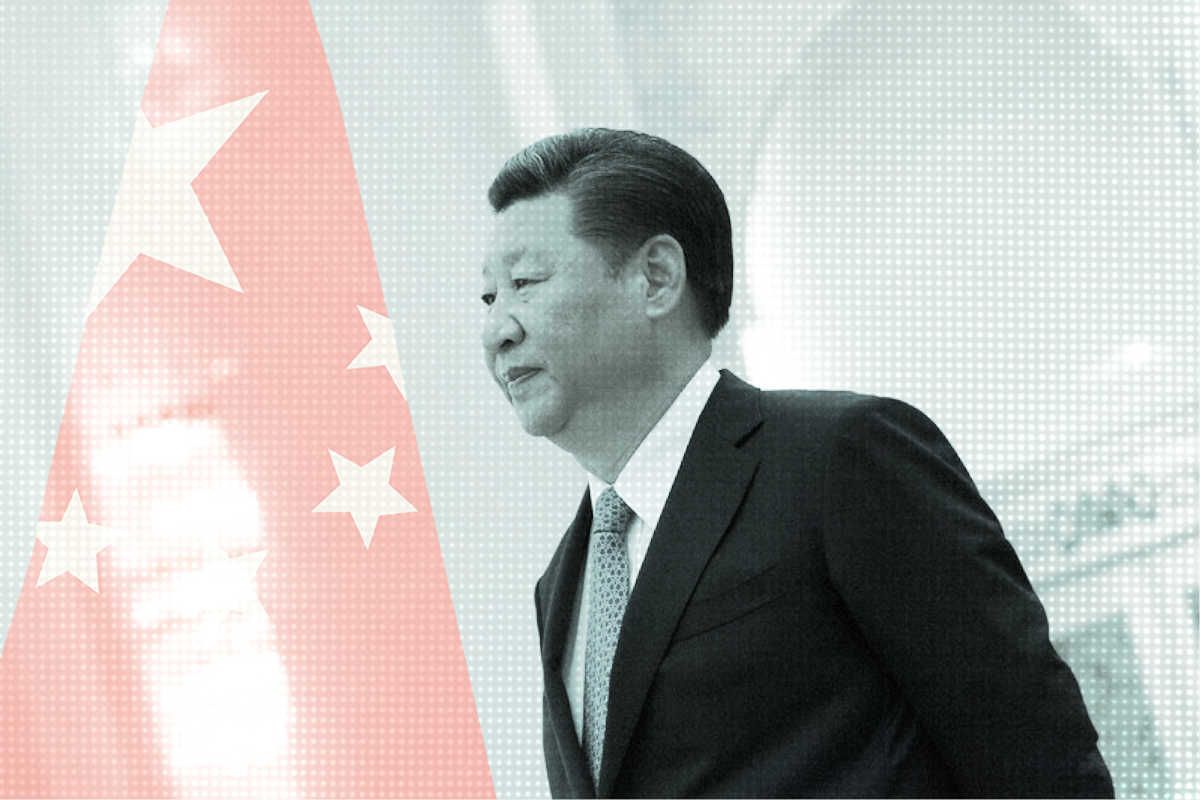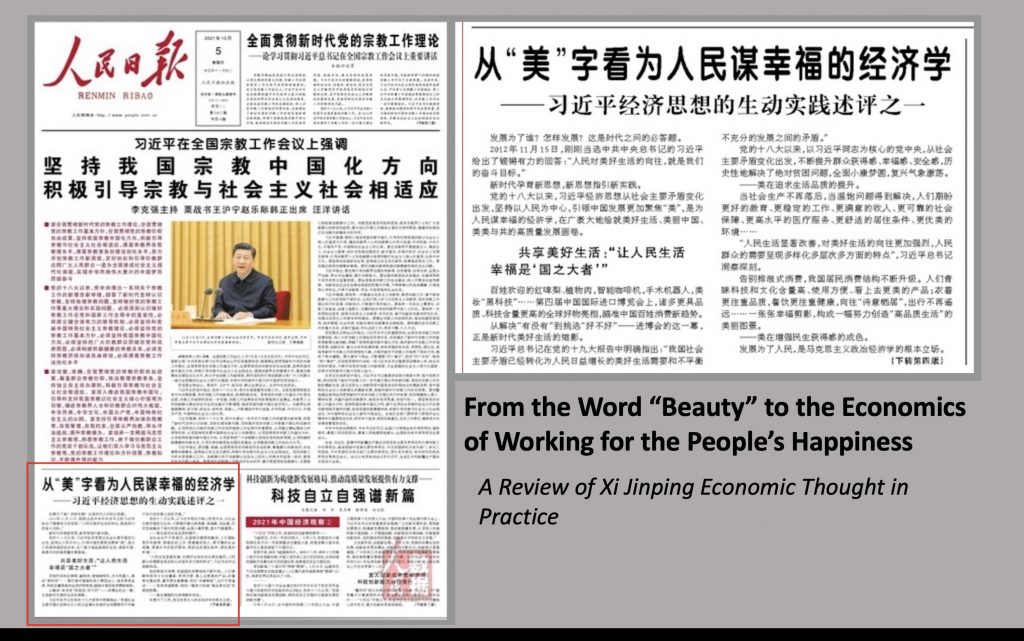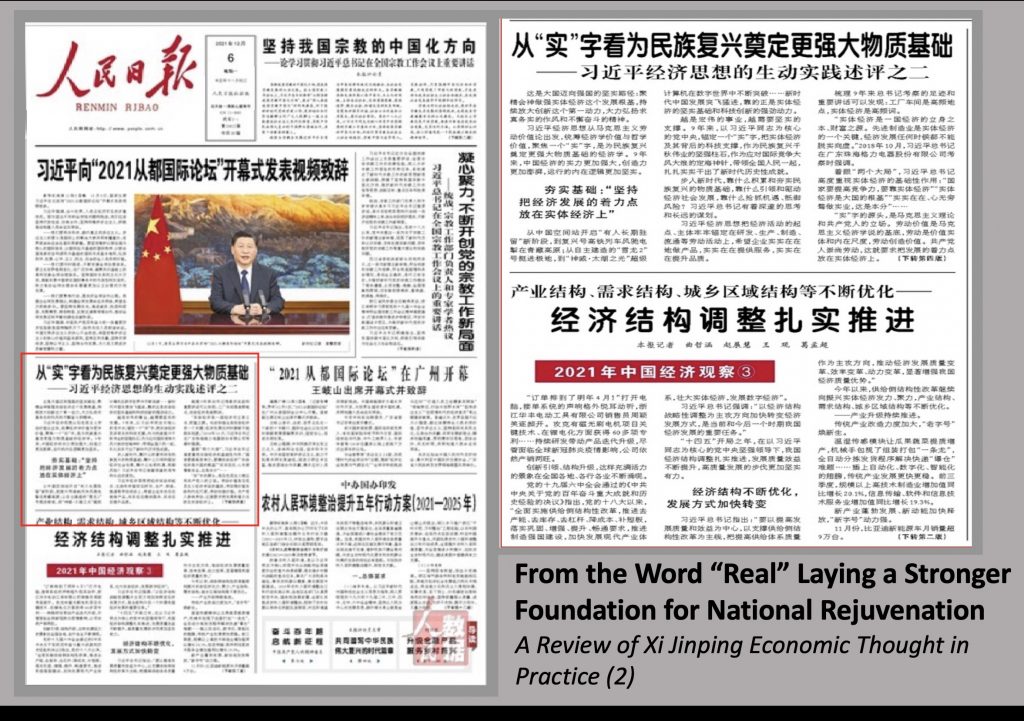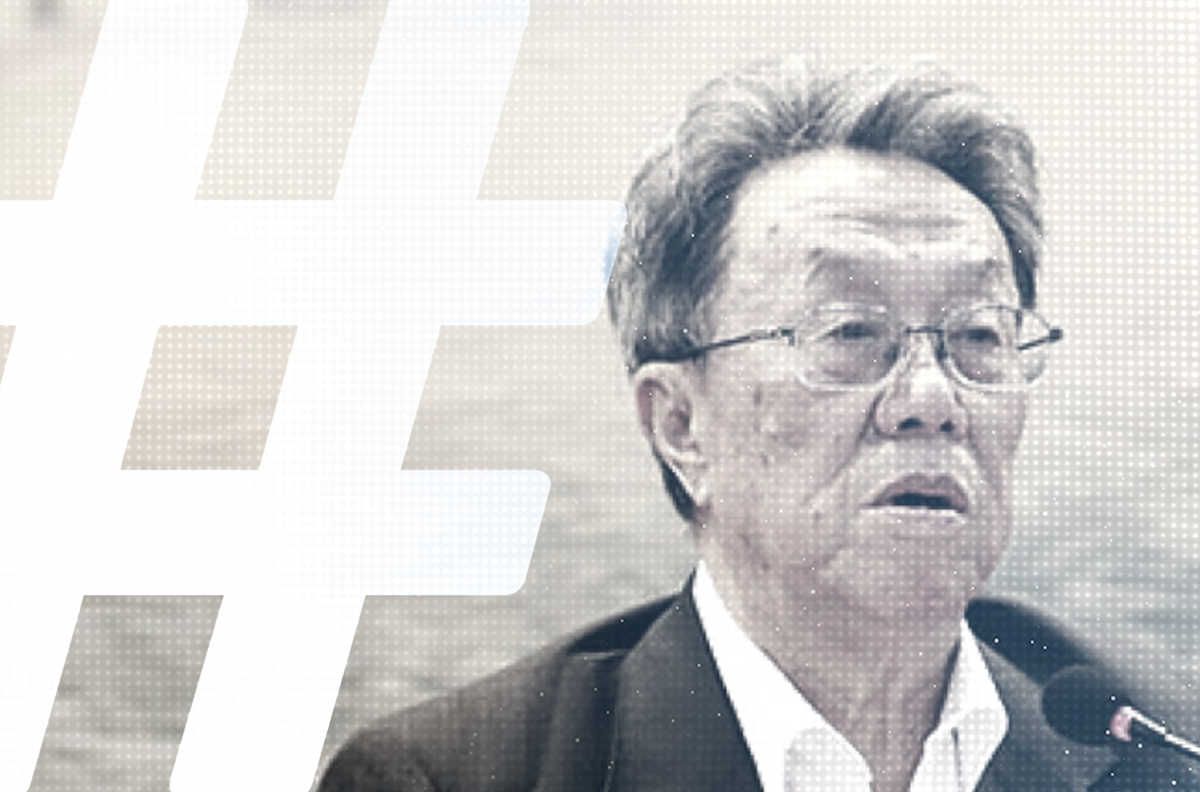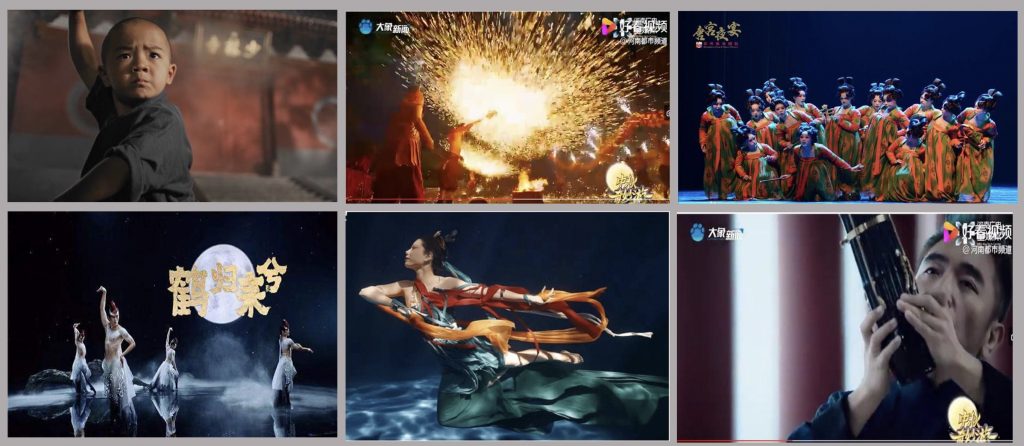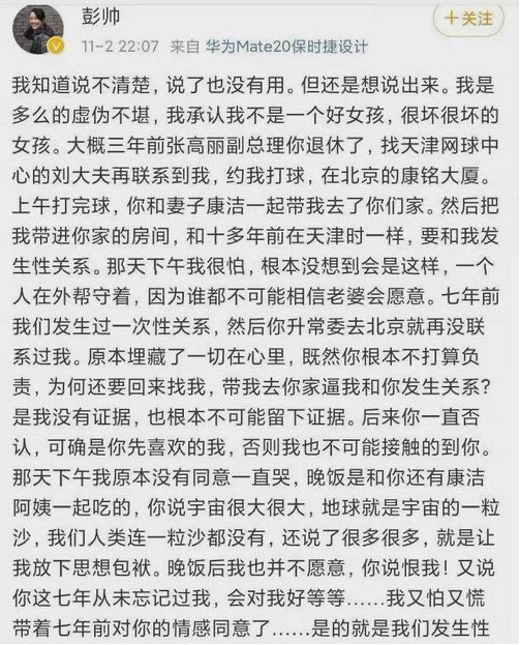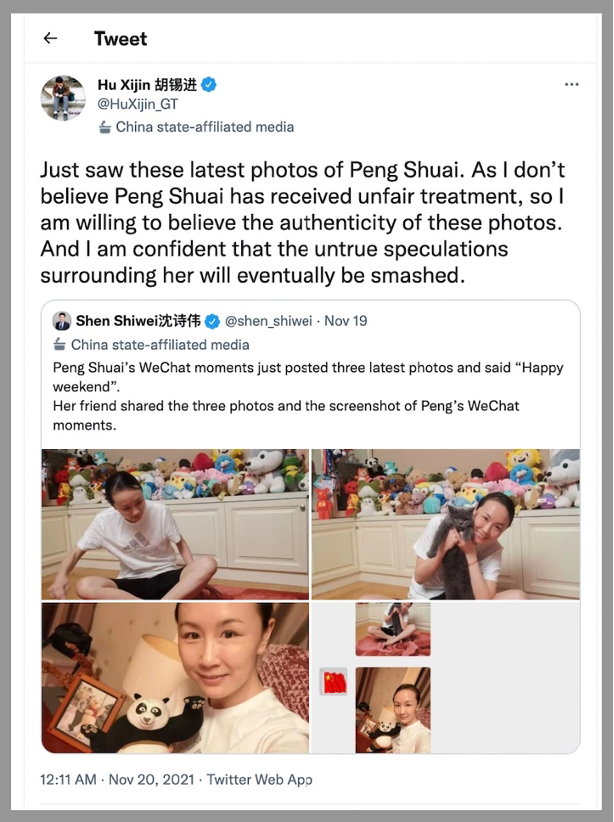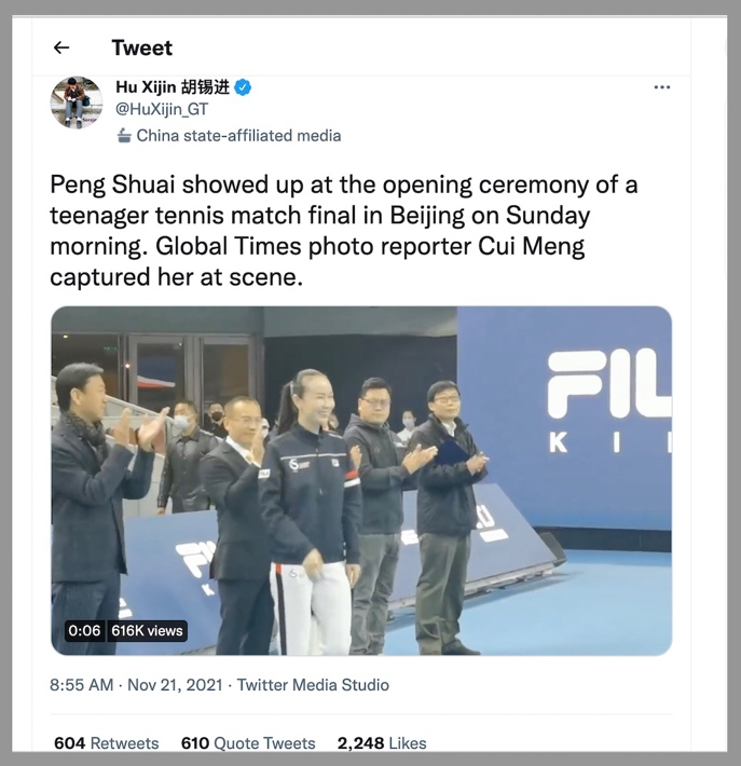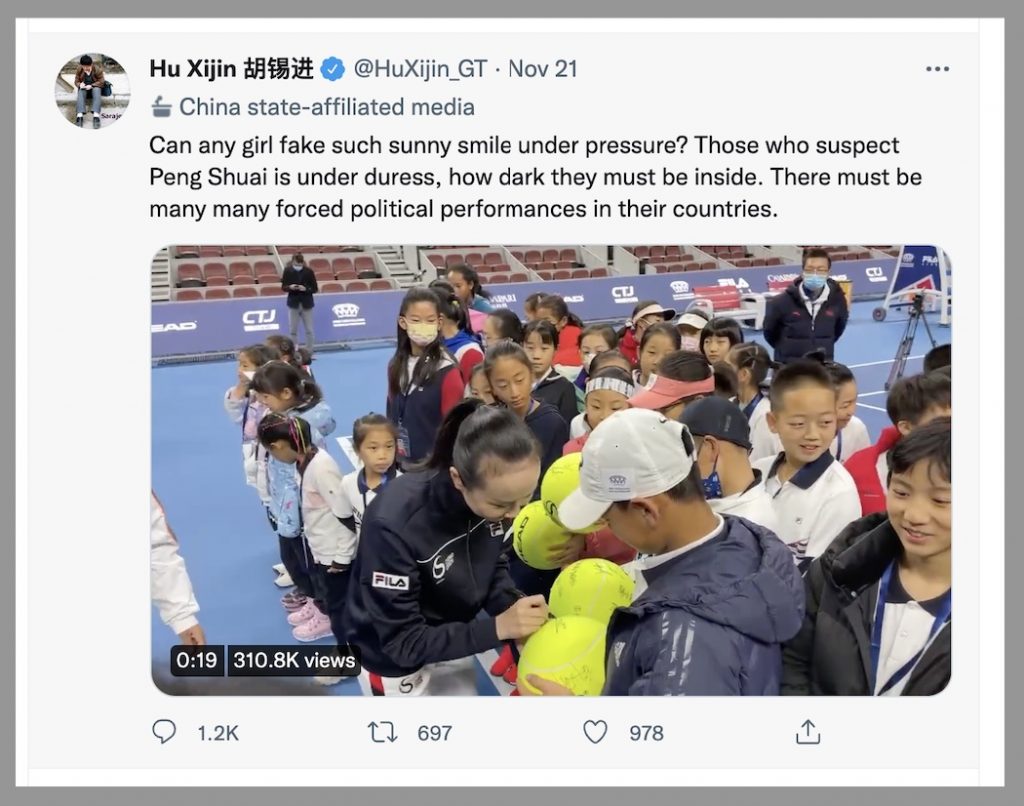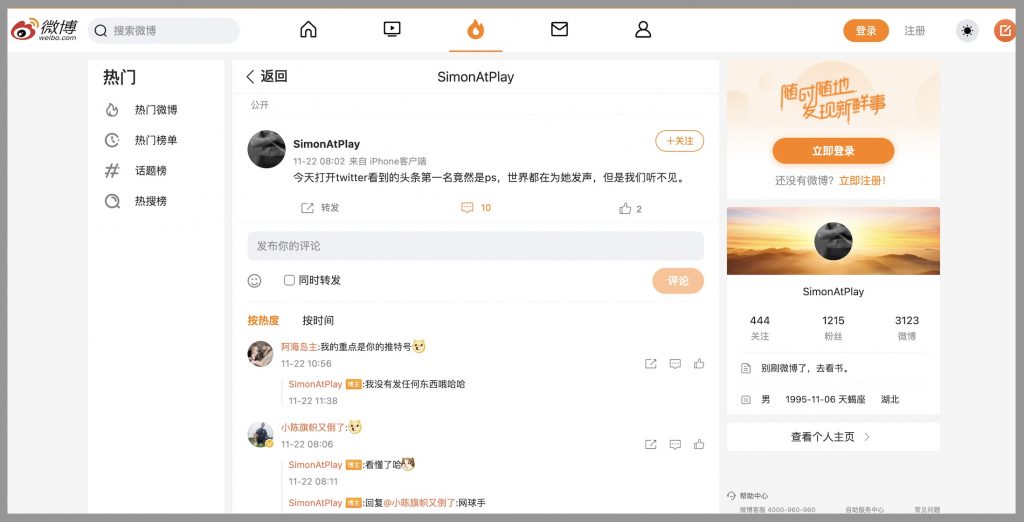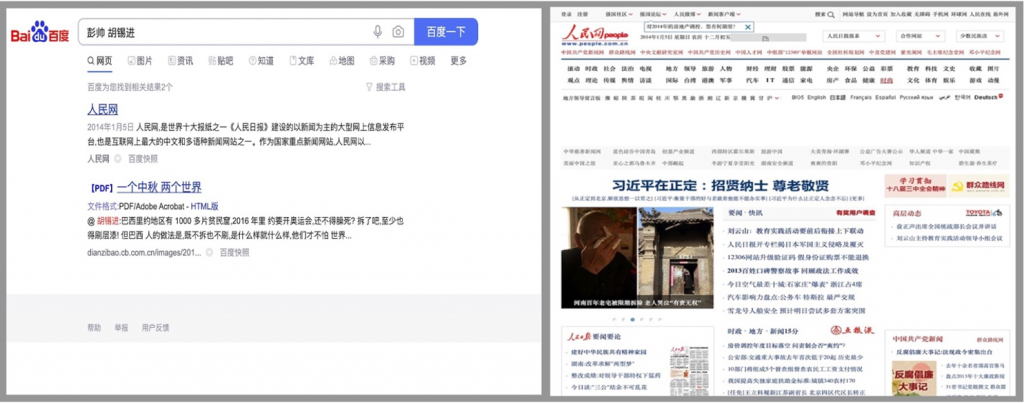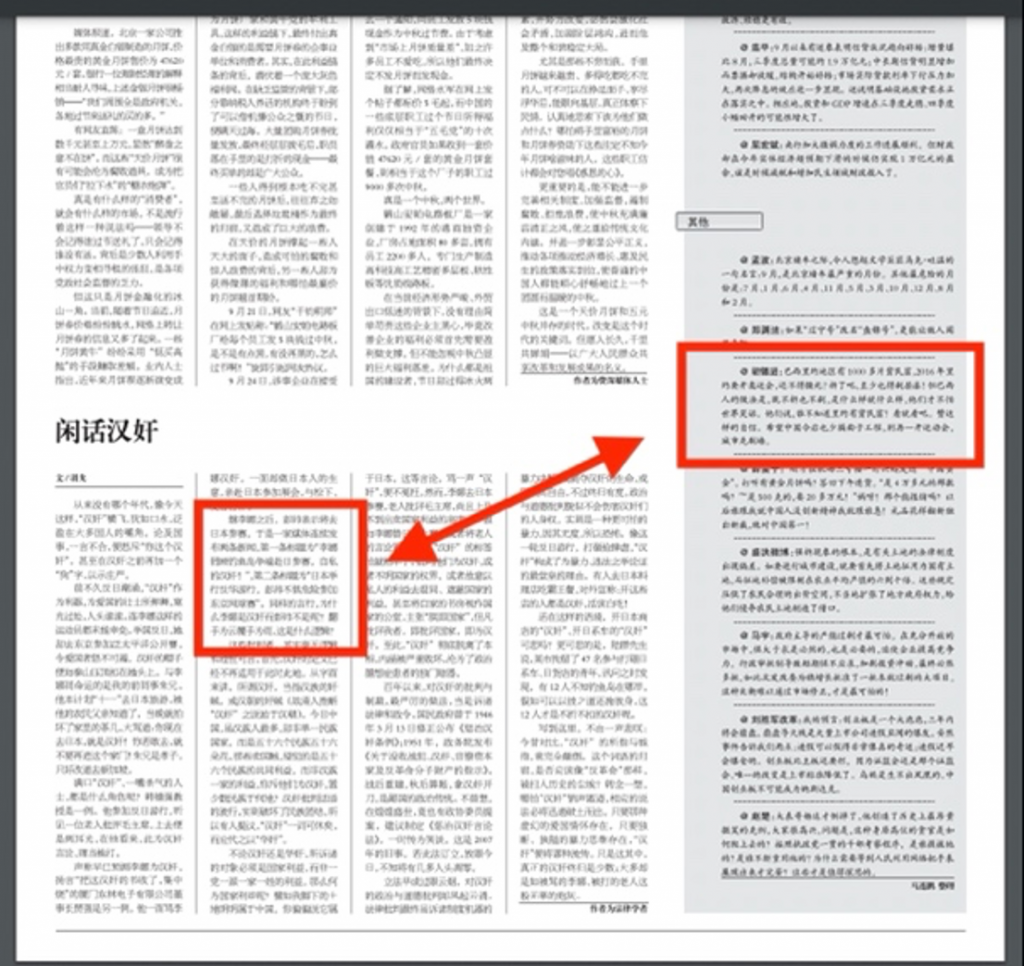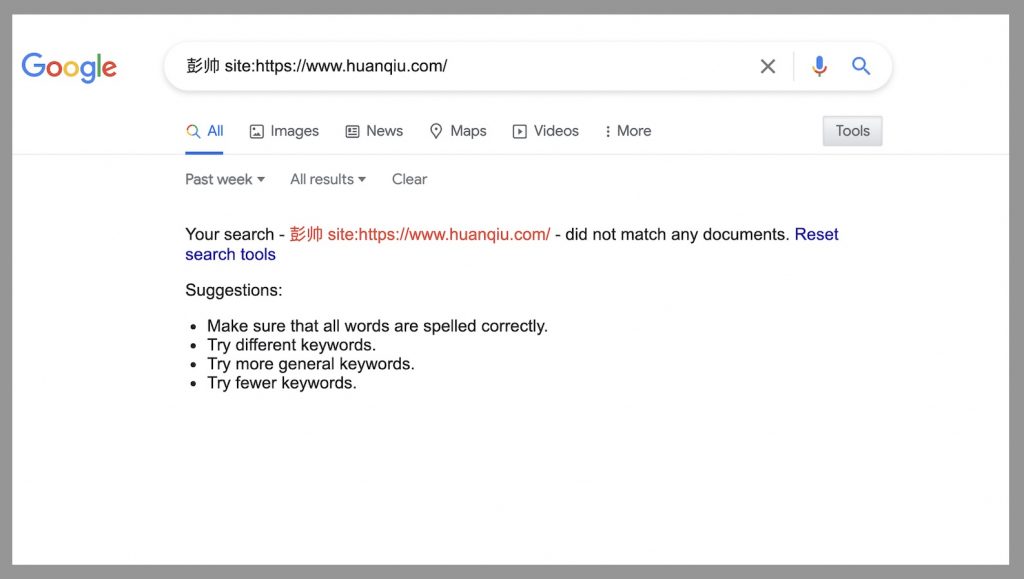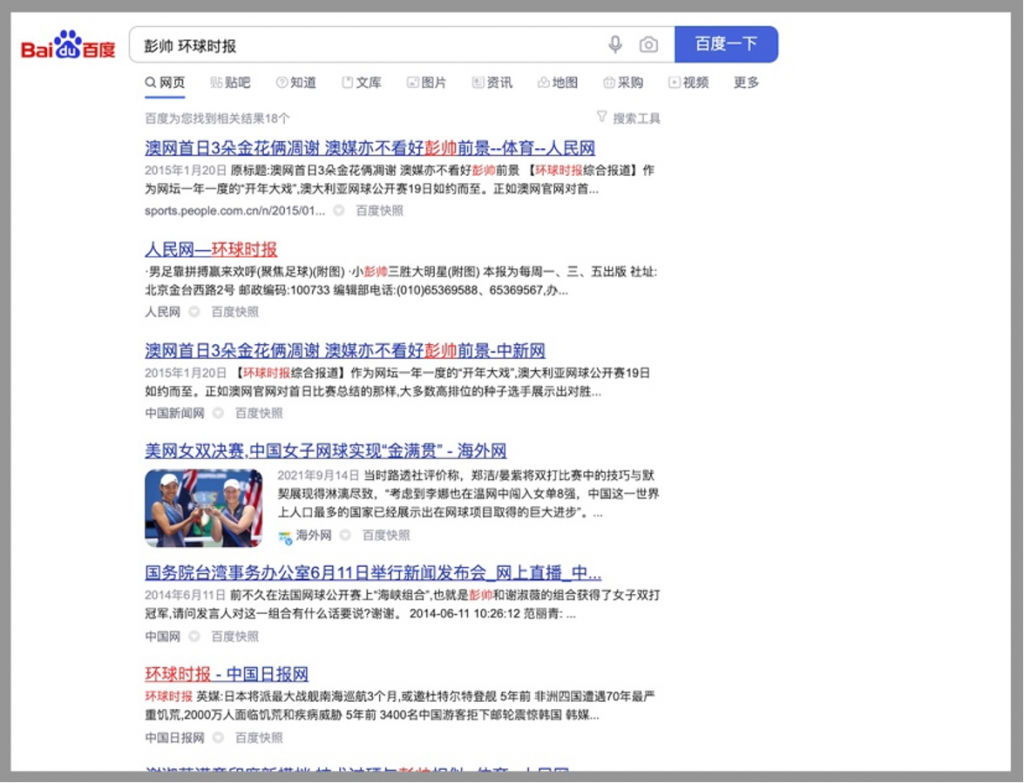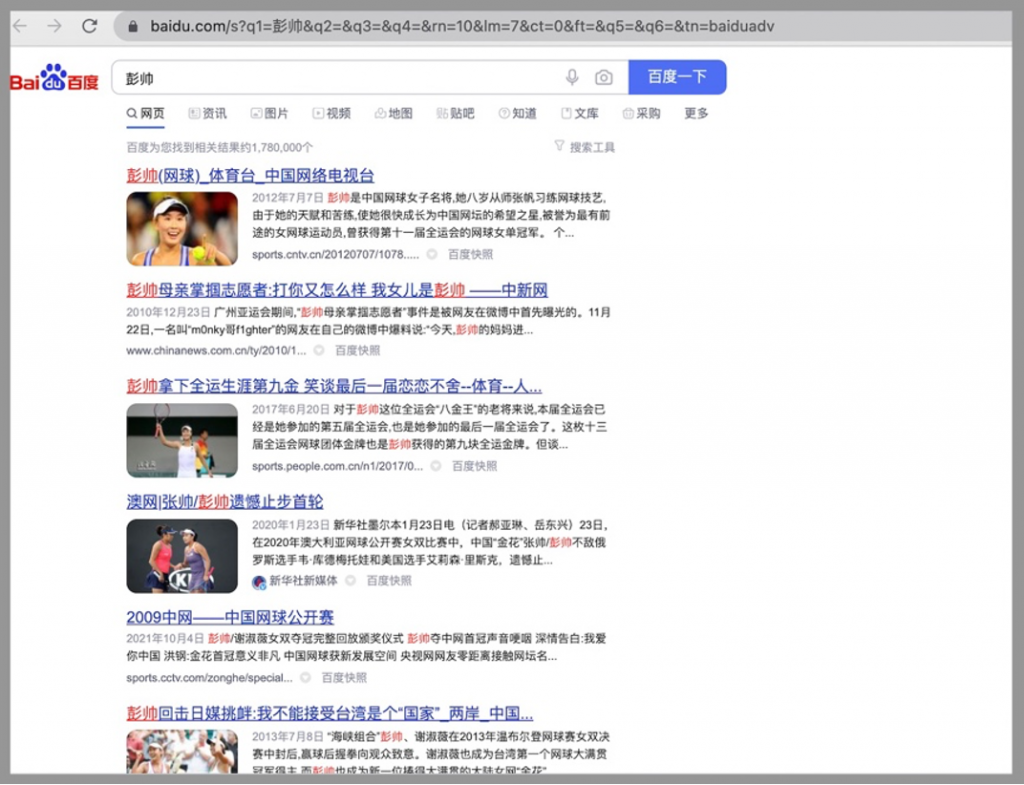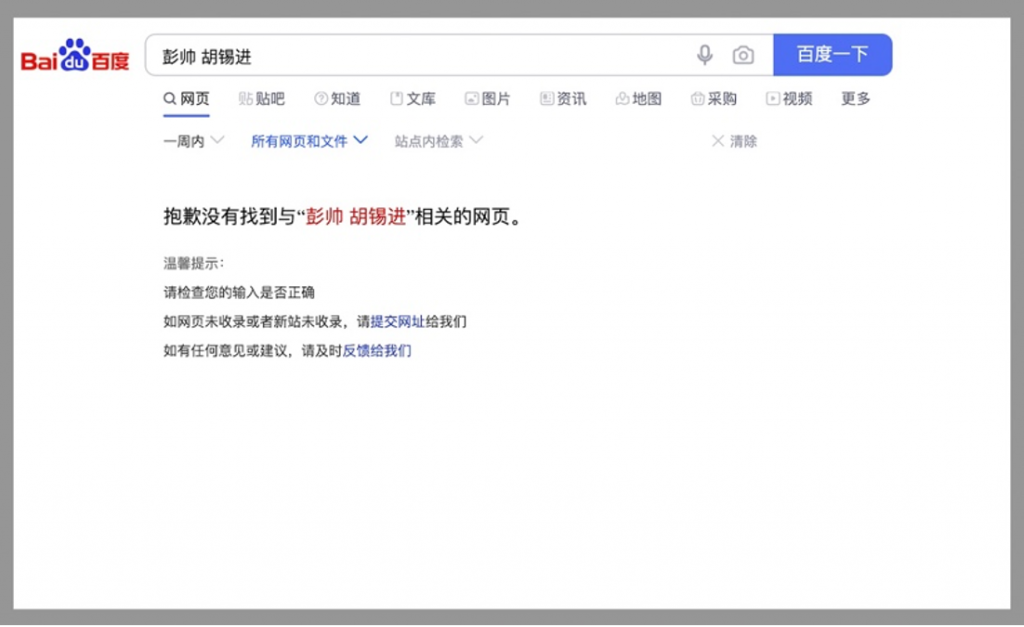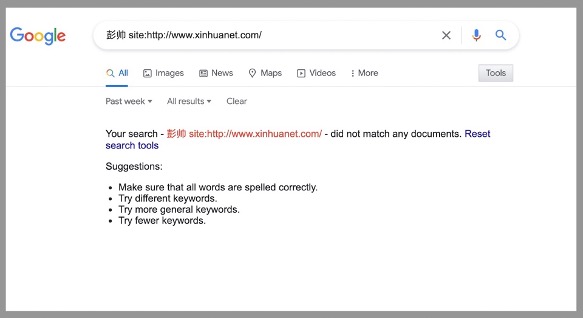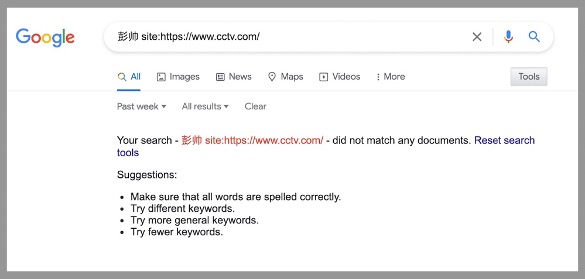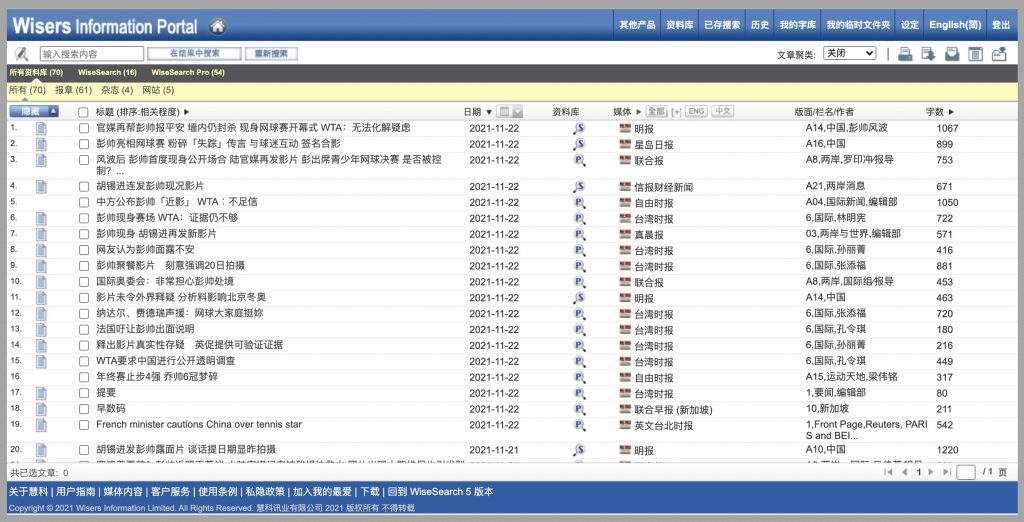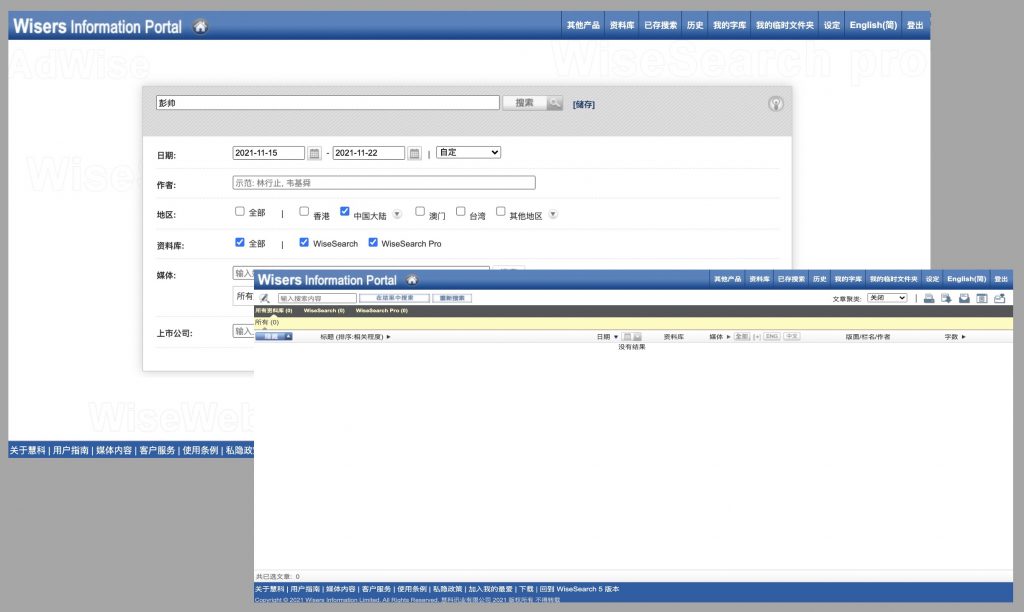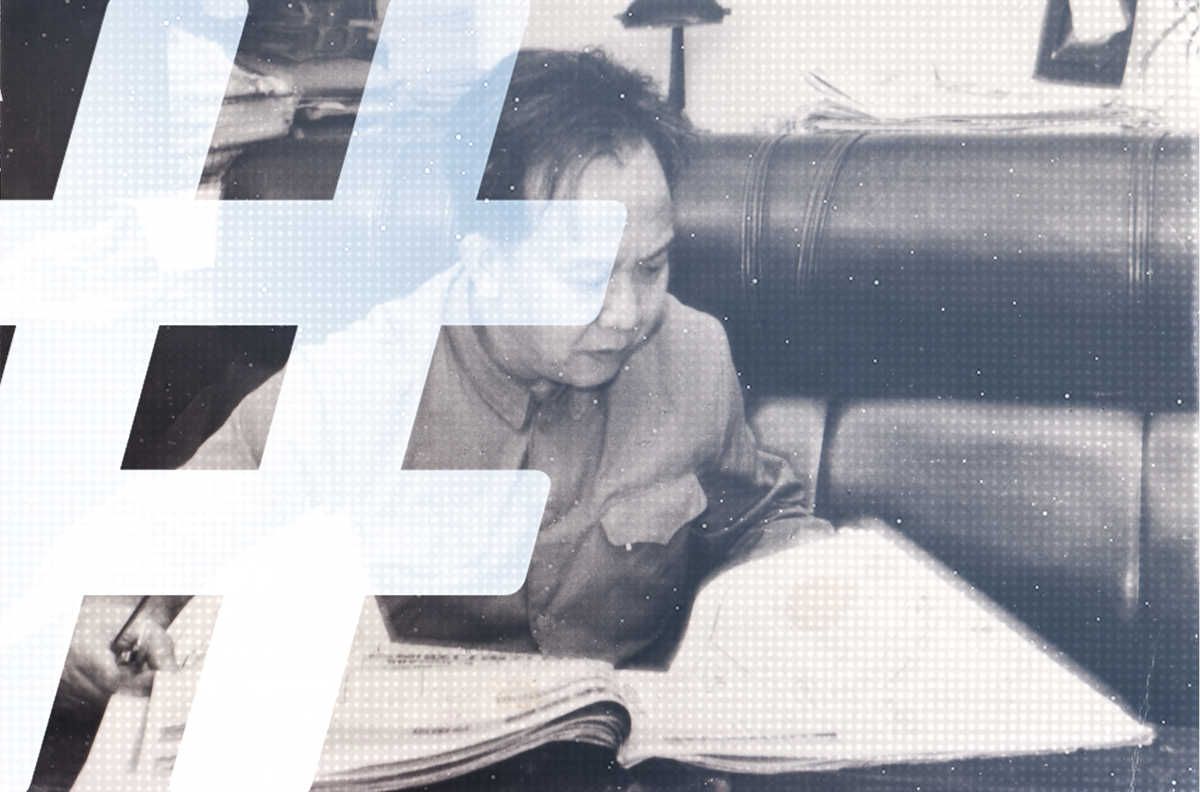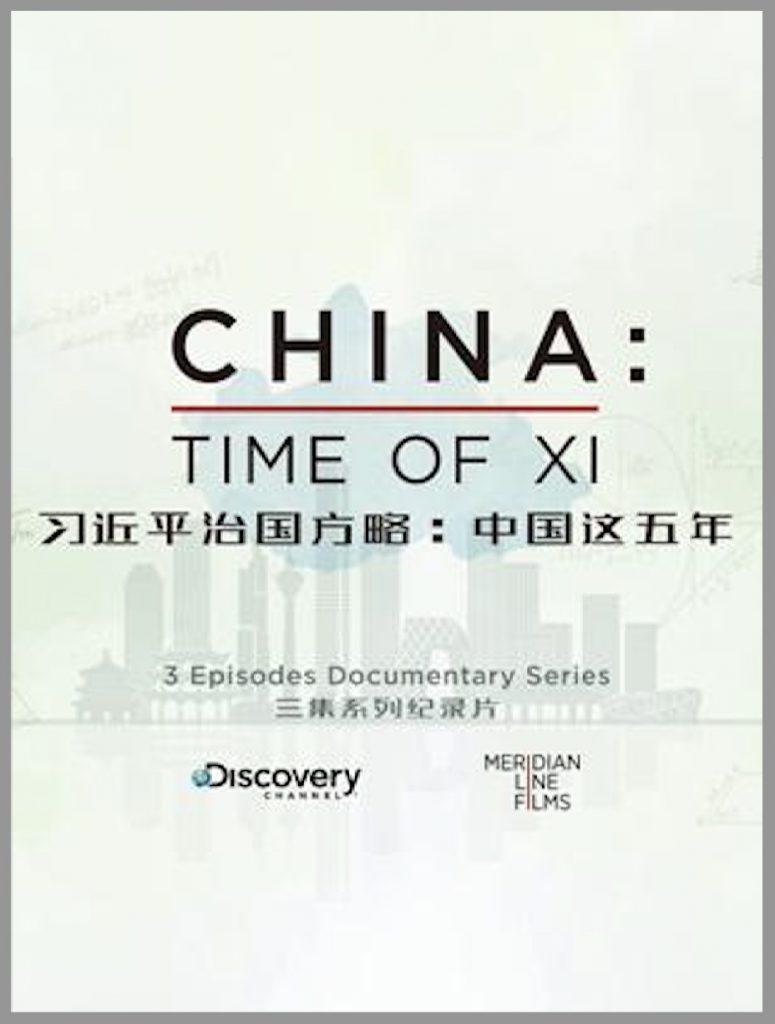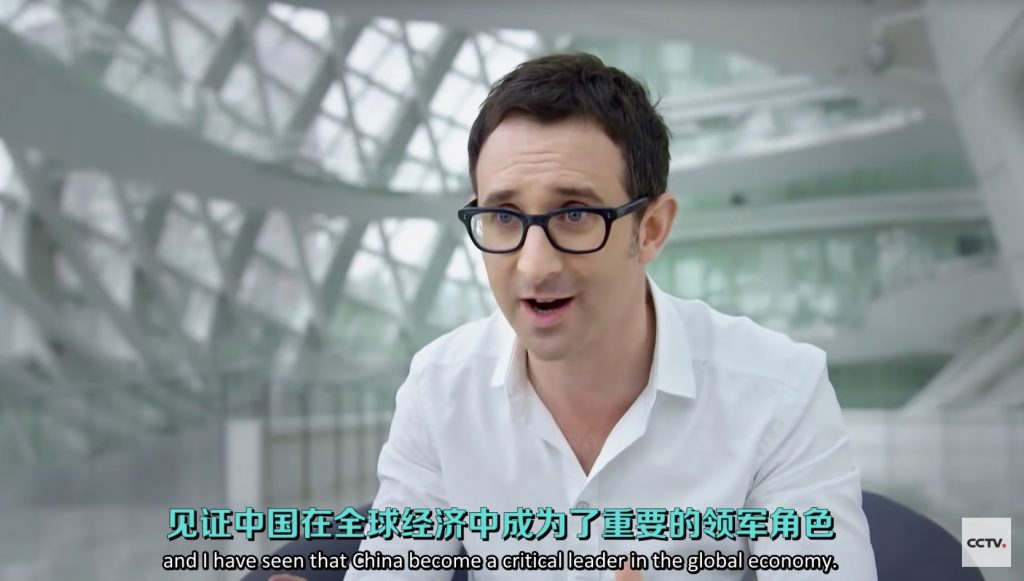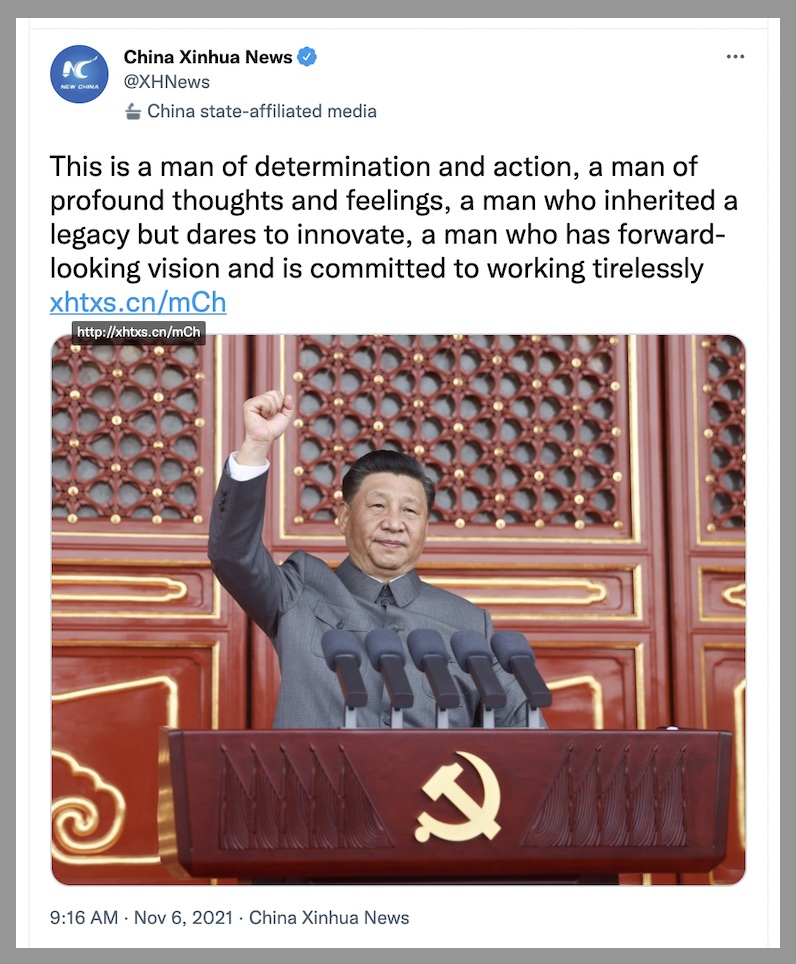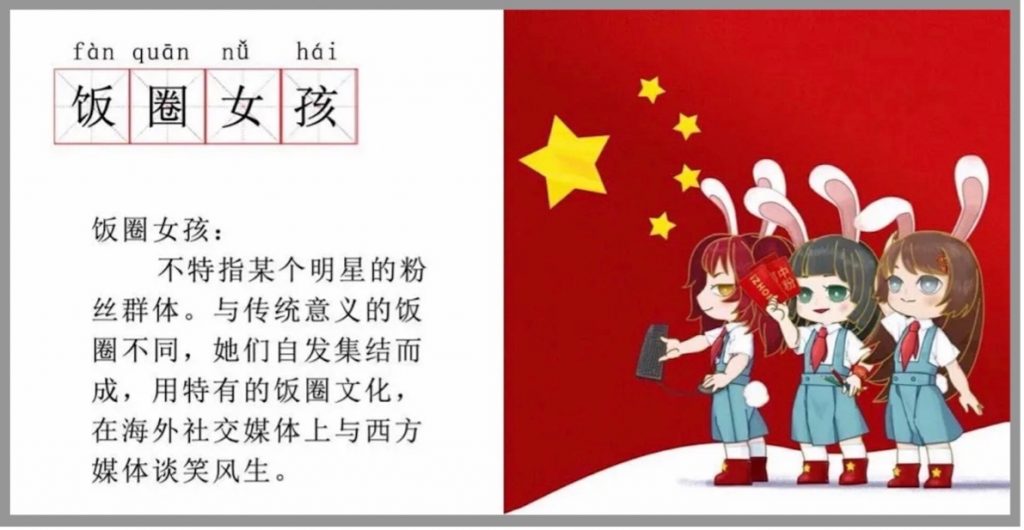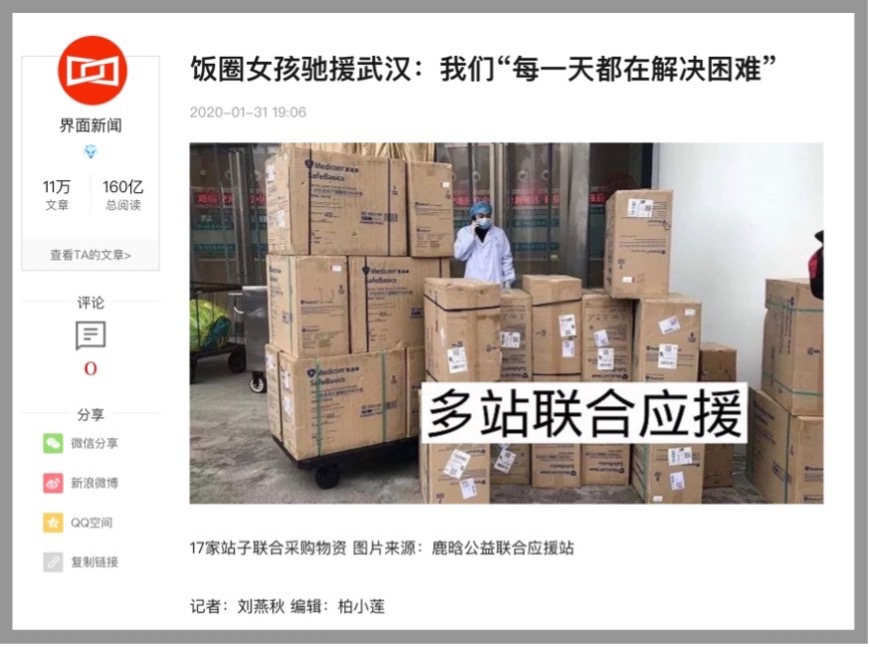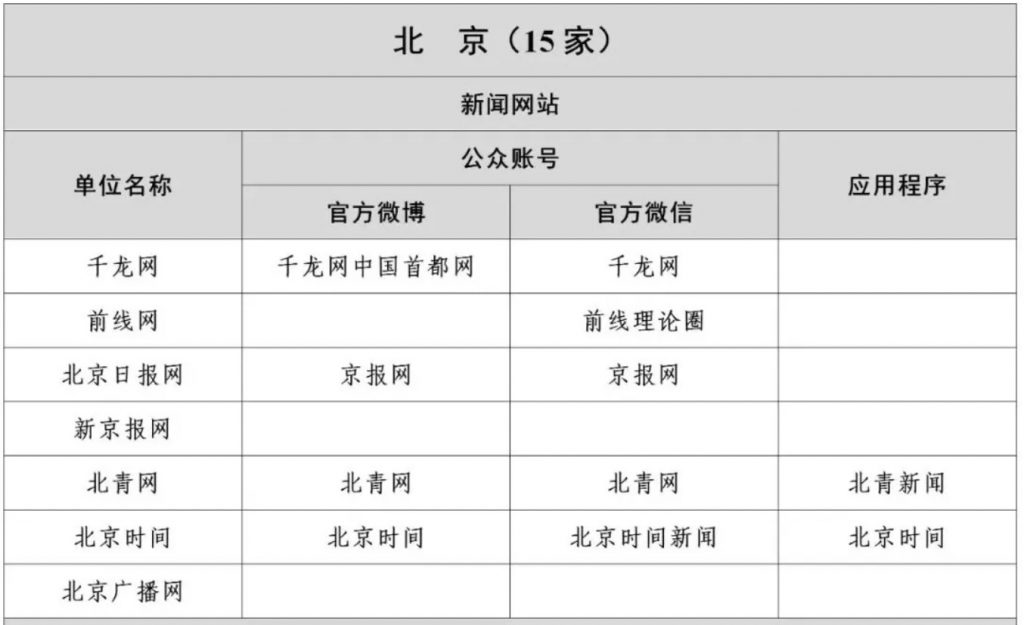Zuo Fang (左方), one of the most formative figures of China’s press in the reform era, passed away on November 3 in Guangzhou. Zuo’s legacy was closely to that of Southern Weekly (南方周末), which through the 1990s and into the new century carved out a reputation as a standard-bearer of professional journalism in China through its in-depth and investigative reporting of social and political issues. As Caixin noted in a tribute to Zuo on November 5, the newspaper has been “[known] as one of China’s most influential media outlets,” which has “actively advocated China’s market-oriented reforms and closely followed the country’s social developments.”
The fate of Southern Weekly at the outset of the Xi era is a story well known to observers of China, a sign, many would say, of a new phase of press repression following two decades during which journalists in the country made substantial, albeit always unstable, gains. The newspaper persists today, but is a shadow of its former self in terms of its influence both inside and outside China.
The newspaper’s ups and downs were long a snapshot of media transformations, and growing pains, since the 1980s. When Nanfang Daily, the official mouthpiece of the Guangdong CCP leadership, launched Southern Weekly in 1984, media reforms had just begun in China. Southern Weekly was an experiment in market-driven media. Zuo Fang’s vision was to create a new kind of publication that parted ways with the Soviet “Pravda model” – the newspaper as a propaganda tool. Zuo envisioned Southern Weekly as a platform for social enlightenment. The newspaper, he famously said, could not always tell the whole truth, but it would resolutely not tell lies.
As a tribute to Zuo and his impact on the development of journalism in China, we offer a translation of a profile of Zuo’s memoir, How Steel is Not Made (钢铁是怎样炼不成的), that appeared in Hong Kong’s Asia Weekly magazine in June 2014. The book had recently been published in Hong Kong, and Zuo was in the city to attend a launch event hosted by the China Media Project. Asia Weekly was along for a very memorable Saturday sojourn to Cheung Chau Island that included a number of Southern Weekly veterans.
Many of Zuo’s observations and concerns about China’s development seem as fresh and relevant today as they did seven years ago.
. . . . . . . . . . . .
Exclusive Interview with Southern Weekly Founder Zuo Fang
Yazhou Zhoukan
Saturday, June 28th
The day after he held an event for the release of his new book, Mr. Zuo Fang and his old friends went to Cheung Chau Island, a narrow outlying island that has a long-standing reputation in Hong Kong. But from the Central Pier all the way to the island with its fishing harbor, the bright sunshine and the azure sea scarcely attracted Zuo Fang’s attention. From beginning to end he was engaged in conversation with historian Zhu Xueqin (朱学勤) and media scholar Qian Gang (钱钢) about contemporary Chinese history, politics and the press.
On Cheung Chau Island, the only photo he volunteered to take was as he stood beside the street billboard of a Hong Kong legislator, which read, “Defend Press Freedom” (捍卫新闻自由). Zuo straightened his shirt and stood leaning on the fence, and the camera registered the light and shadow. What the camera could not record were his solemn words: “This is my Chinese dream.”
A Broken Utopia
Zuo Fang was in Hong Kong this time because of his new book. This book has a very particular name, How Steel is Not Made. At a dinner party with his old friends, Zuo Fang said in a perplexed tone, “I don’t know what sense there is in this book of mine coming out.” Upon which the essayist Yan Lieshan (鄢烈山) broke in: “The Stalinism we accepted back then was actually utopianism plus totalitarianism, and your experience has a special meaning for the future generation under a different system.” Qian Gang’s view was that, “This is a prehistory of Southern Weekly.”
How Steel is Not Made was not something Zuo Fang originally planned to publish. He believed that too many people had talked about the story of Southern Weekly. “There are things online, and I don’t have anything to add.” And there were countless contemporaries with experiences similar to his. “Leave it to the young people to put it out there,” [he had said].
It was a set of 45 questions brought to him by [the writer] Shen Hong (沈洪) that made him decide finally to make an oral history of his own life. After the book was completed, the Sanlian Bookstore expressed interest in publishing it, but Zuo Fang’s original title of the book became the biggest difficulty. Sanlian Bookstore wanted to change the title, but this title clearly had deep value for Zuo Fang, and he was determined.
“The reason I chose this title How Steel is Not Made is because I wanted to use my life experience to explain the bankruptcy of the Stalinist utopian political movement,” Zuo Fang said. And in his youth, Zuo Fang had considered the famous Soviet work How Steel is Made to be a classic.
This meant the book was difficult to publish. His former colleague at Southern Weekly, University of Hong Kong scholar Qian Gang, finally realized the book project in Hong Kong with the support of HKU’s Journalism and Media Studies Centre. Zhu Xueqin, the scholar of history who has long researched the [transition] “from the Cultural Revolution to reform,” told Asia Weekly that Zuo Fang’s oral history was not only a template for the research of Southern Weekly, but “even more detailed historical material for the research of the history of the Cultural Revolution in Guangdong.”
Zuo Fang confessed: “I participated in all of the political movements after the founding of the nation. In some political movements I was a blind follower, in other political movements I was an ignorant victimizer, and in still other political movements I was an innocent victim. Utopian ideology and the doctrine of class struggle followed along with me for half my life.”
Zhu Xueqin places considerable value on this book as it covers the six years during which Zuo Fang was assigned to work in the reference materials room (资料室) after being censored for a second time after the Cultural Revolution. The end of the Cultural Revolution, and the shattering of utopian ideals, and real oppression, nothing caused Zuo Fang to give up on himself. “He arrived at a great enlightenment in that reference room,” Zhu Xueqin said.
In his book, Zuo Fang recalls in detail the metamorphosis of his thinking. During the six years he was sent to the reference room, he kept thinking about two questions: “Why was the path of the international communist movement so tortuous?”, and “Why is the road to revolution in China so tortuous?”
All of those “gray books,” which were “distributed internally for criticisms,” became Zuo Fang’s window onto the road to freedom. During these years, Zuo Fang engaged in thorough reflection, and the doctrines that had profoundly influenced him — communism, Leninism, the Soviet-style planned economy, the theory of surplus Value, the theory of class struggle, and revolutionary theory — all were subjected, one by one, to his penetrating analysis.
This “great enlightenment” not only transformed Zuo Fang from a utopian communist believer to a liberal, but also ignited his ideals about improving China (改良中国) – returning to the democratic enlightenment that had been interrupted by the revolution. It was the heart-stopping prelude that would eventually provide the inerasable tune of Southern Weekly.
Chinese-Style Newspaper Publishing
“I’m a hopeless idealist,” Zuo Fang said, raising his voice as he sat in a reclining chair in a small seaside store. He continued, “But I hate to rush.” This was change brought about after all of the political movements, and Zuo Fang poured it entirely into the Southern Weekly newspaper.
To this day, Jiang Yiping, who later served as editor-in-chief of Southern Weekly, still remembers one of Zuo’s outbursts. It was during a weekly meeting after the publication of the newspaper, and the younger journalists were furious that many stories could not be published. “They were very vehement, saying that instead of this, there was no need to fear that the newspaper would be beheaded, because it was like cutting leeks anyway, and there was one crop after another,” Jiang Yiping recalled to Asia Weekly.
“But Old Zuo was really angry, and he said, this newspaper is not just our own. Every one of us has a responsibility to treasure this newspaper,” Jiang Yiping said. “Old Zuo’s concern was with how to maintain hold of the limits, so that we could speak what we wanted to speak, but at the same time continue to exist.”
From the very beginning, Zuo Fang had a precise positioning for Southern Weekly: “Enlightenment is the soul of Southern Weekly, and the mission of Southern Weekly is to wave the flag for reform and opening.” This strategy allowed the newspaper to survive successive storms and live up to its mission.
In 1989 Southern Weekly exploded internally, but through Zuo Fang’s insistence “not a single word or picture was published.” When an American journalist interviewed Zuo Fang, he was incredulous. Zuo Fang showed him back issues of the newspaper, which surprised the reporter and his preconceived notions about Southern Weekly.
“I don’t advocate behavior that is too radical. Especially after the two marches, the students had originally resumed classes. But then there was the hunger strike action. According to my judgment, there were some extreme members who in order to prevent the students from resuming classes who actually acted in a way that was like hijacking. While I understood them, having been young myself, I did not agree with this approach.”
After Zuo Fang saw the difference between Zhao Ziyang’s statement at the ADB annual meeting and the official editorial in the People’s Daily, he judged, based on his understanding of Chinese politics, that the student movement would definitely end tragically. “As far as I understood it, Deng Xiaoping’s character being what it was, he would never back off. What Zhao Ziyang proposed, he could never accept. Well then, the student movement could only end in tragedy. I didn’t want Southern Weekly to be martyred for a student movement that was bound to fail,” Zuo Fang told Asia Weekly.
After that point, China’s politics tightened as never before, and the openness of the 1980s vanished. All at once the circulation of Southern Weekly was cut in half from 400,000 copies. At a time when the whole country was in a state of silence, Zuo proposed his own strategy to his colleagues, and he recalled his three-act play in his book How Steel is Not Made his “three play” strategy – “play with human nature, play with words, play with page layouts” (玩人性, 玩文字, 玩版面).
This allowed Southern Weekly to quickly emerge from the nadir in the market to become a leader on the national media scene. Many years later, Zhang Xiangchun (张向春), the senior art editor who presided over the design and layout of Southern Weekly, recalled to Asia Weekly: “At that time, my design and layout was completely free of rules and restrictions, and Old Zuo fully supported me. Southern Weekly was a million plus circulation newspaper, and from our million plus circulation you could see how confident we were at the time.”
After Deng Xiaoping’s “southern tour,” the latitude allowed to Southern Weekly slowly liberalized, and Zuo Fang’s strategy was to “let sensitive people write non-sensitive articles, and non-sensitive people write sensitive articles.” At that time, Southern Weekly often reported on Hu Jiwei (胡绩伟), who was the editor-in-chief of the People’s Daily and proposed that “the People’s Daily is the people’s newspaper” (人民的报纸) and worked to promote the drafting of a press law for China. At that time, this newspaper figure was a staunch supporter of Zhao Ziyang and opposed the crackdown. Afterward, he was removed from all positions and put on probation for two years, a sensitive word for the Chinese regime.
“He was a most sensitive figure, but when I was chatting with Hu Jiwei at his home it didn’t matter what day, he was always a leader among us journalists. But if sensitive people write sensitive articles that those at the top have an eye on, this poses a major risk to the newspaper. But I wanted Hu Jiwei to be seen in Southern Weekly,” Zuo Fang told Asia Weekly.
So with his “ulterior motives,” Zuo Fang published [a chronicle” of Hu Jiwei’s travels in Sichuan and other nostalgic articles in Southern Weekly, and even published an article on how Hu Jiwei had married his wife. “Hu Jiwei said he took a rich woman, and I published that. How would this rich woman marry Hu Jiwei?”
Although this was a gossip story that was not at all sensitive, the appearance of Hu Jiwei in the newspaper could draw notice from readers across the country. For sensitive issues, meanwhile, he chose to find young, lesser-known scholars to write about these. “Superiors just skipped over these,” [said Zuo Fang]. “But anyhow what needed saying was all said.”
Already retired in 1994, after he returned to work for Southern Weekly, Zuo Fang still made regular “risk assessments” for the newspaper. At that time, the frontpage headlines of Southern Weekly were mostly all “major cases” of sensitivity that built up the circulation and reputation of Southern Weekly, but caused unease for Zuo Fang: “I felt things had to change, but I couldn’t figure out clearly how to change, so I called everyone together to discuss it.”
This meeting in 1998 was one of the few times that Zuo Fang grew angry again. “Many young journalists like major stories, and they disapproved. The day before [the meeting] they drank a lot, and at the meeting the next day many of them dragged in slowly, more than half an hour late,” Zuo Fang recalled. Zuo Fang had a background in the military, and Qian Gang had a vivid memory of his fury at the time. “He said, fortunately I am not the editor-in-chief right now, otherwise I would drag a few of you out and shoot you myself!”
This was Zuo Fang’s last year working at Southern Weekly as a retired employee, and not long after Zuo Fang would become a mere spectator, watching Southern Weekly enter another era. Before this, Zuo Fang had already built two teams at Southern Weekly with his own hands.
A Two-Team Jigsaw Puzzle
Jiang Yiping had been working at the Nanfang Daily Group [the publisher of Southern Weekly] for several years before she took charge of Southern Weekly, which was then the most envied in the whole group. “It was a place many people wanted to get into, but this was really hard.”
When Jiang Yiping was promoted to lead the [group’s] committee, making her responsible for Southern Weekly, she didn’t fell that she was there as a leader. “I was there to follow Old Zuo and learn. I revered him from afar, because I knew he had founded Southern Weekly.”
At that time, Zuo Fang, who had returned to the job [from retirement], had to lead two teams, one for editorial and one for operations, and he focused on advertising operations. Jiang Yiping was impressed by Zuo Fang’s business acumen: “He had a special sense of the market.”
She still remembers Zuo Fang’s vivid description of market-oriented media — the “three wheels” theory, in which “the front wheel is editorial, the left [rear] wheel and the right [rear] wheel circulation and advertising, with editorial pulling circulation along, and circulation pulling advertising along. In the early 90s there were not many newspapers that could express their business philosophy in this way.”\
Zuo Fang was adept at conveying the values of Southern Weekly to the management team, and everyone on the team soon became dedicated disseminators of the Southern Weekly brand. As Jiang Yiping recalled to Asia Weekly: “They were able to tell Southern Weekly‘s customers very accurately what kind of newspaper Southern Weekly was. It was like they were brainwashed by Old Zuo. And as the idea was passed along to customers, they too identified with these values.”
In the era when the newspaper had just undergone market-oriented reforms, the importance of the management team went without saying, and Zuo Fang always paid his managers quite well, something one of Southern Weekly‘s deputy editors was quite upset about at one point. “Why do you pay your managers such high salaries?” [they asked. Zuo Fang responded nonchalantly: “No problem, you can also come over to the business side.” This [attitude] meant that Zuo Fang’s “two rear wheels” spun very fast.
And at the same time there was the other team, which Zuo Fang also did not neglect. He found a partner for Jiang Yiping [on the editorial side, and Southern Weekly‘s senior team was realized.
He dedicates one chapter in his new book How Steel is Not Made, called “Three Invitations for Qian Gang” (三请钱钢), to the recollection of [what he calls] three humble visits to a thatched cottage [a reference to a famous episode in the Romance of the Three Kingdoms, referring here to Zuo calling on Qian Gang to draw him to the paper]. But Qian Gang recalls an episode not recorded in the book.
At that time, Qian Gang worked for the CCTV news investigation program “News Probe” as a chief planner, and he had long had Southern Weekly in his sights. Qian Gang remembers that the newspaper’s slogan at the time was, “A Northern Expedition in Newspaper Publishing” (报业的北伐). He remembers that at the time Southern Weekly could print as many as 100,000 copies in Beijing alone. The year before Qian Gang arrived at CCTV, Zuo Fang had already invited him once to join [the newspaper], making what Qian Gang felt was a prophetic statement.
“He said to me, this knife that is Southern Weekly must be sharpened, and whose head should it remove in the future? It should be directed at crony capitalism. That’s incredible, that in 1994 this was already his thinking. He had already seen how China would change,” Qian Gang recalled.
Later Qian Gang was transferred to CCTV, which made Zuo Fang’s invitation even more difficult. “I was treated very well by everyone in CCTV, and I was also the older brother, so this little environment was great. Actually, I didn’t want to leave CCTV,” [Qian Gang said]. But after each issue of the newspaper, Jiang Yiping would ask Qian Gang, still at CCTV, to comment on the issue. Zuo Fang would also continue to invite Qian Gang, until finally he employed a small “deception” to ensure Qian Gang joined [the paper].
“One time, out was out filming with my film crew, and on the way to the filming, I received a call from Zuo Fang. His voice seemed old and frail. He said to me, Qian Gang, I recently injured my leg. I’m bedridden and can’t come down. I just want to say one thing. Southern Weekly is a good opportunity. You should come, and do this newspaper together with Jiang Yiping.”
“It was the feeling I had from the sound in his voice that really moved me. I said, OK, I’ll go, I’ll go to Southern Weekly. Only later did I learn that he was tricking me. He hadn’t been injured at all. This was just a ploy, tricking me into going and joining Jiang Yiping,” Qian Gang recalled.
This champion jigsaw puzzle readied Southern Weekly for a period of flourishing, but the retired editor-in-chief, having returned to the paper, still had no real position. The employees just called him Old Zuo, or sometimes Mr. Zuo. Sometimes, when he was talking business with advertisers, Yan Lishan over in the editorial department thought he was too noisy. “So when we held editorial meetings we would kindly ask him to find another small room.”
Zuo Fang never cared about such things [as titles], and he hated all bureaucratic forms of address. But there was one thing that always nagged him. And what happened later confirmed to a great extent Zuo Fang’s concerns.
The Problem of the Layout Change
[Editor’s Note: This section refers to the changes that occurred at Southern Weekly followed the January 2013 “Southern Weekly Incident.”]
In 1998, Zuo Fang left Southern Weekly for good after an order against rehiring him was issued. Soon after, in 2001, Jiang Yiping and Qian Gang were also ordered to leave Southern Weekly. Zuo Fang said that after 2001, Southern Weekly entered a new era.
At that time, Southern Weekly began to change its layout, something that still haunts Zuo Fang, who values strategy. Previously, according to Zuo Fang’s plan, Southern Weekly was regarded as supplemental to Nanfang Daily [the official Guangdong paper]. “I don’t care what sort of meetings you are holding. July 1. October 1. I don’t care what meetings you’re holding. July 1. Or October 1. Because there is already a Nanfang Daily. I am a supplement, and I will pursue the role of being close to the readers and enlightening [others].”
“But young people considered Southern Weekly to be irregular, because it was a compilation of special topical pages. They said that as a paper with over a million circulation, it should be a weekly newspaper bringing together current affairs, the economy, society and culture.”
Zuo Fang’s concern is not only about his dissatisfaction with the changes he’s seen in “my own children.” He spoke especially to Asia Weekly about the restrictions of China’s political system. “I’m not against running a weekly newspaper. I also appreciate that they are doing well now, that they are developing. But you can create a new one. You don’t need to change Southern Weekly. Don’t change it. Because as long as [the question of] China’s political system has not been resolved, and the question of space for journalism has not been resolved, a newspaper like South Weekly should exist. I positioned South Weekly as a compilation of topical columns and special issues, so that we can keep a certain distance from politics, which may be more beneficial to China’s progress.”
“To define it now as a special edition on politics, frankly speaking, it’s very difficult to do without speaking falsehoods, and without speaking empty words. I led Southern Weekly, and I dare say I never told a lie, I never spoke an empty word. Today’s Southern Weekly, they wouldn’t dare say such a thing. There’s no way,” said Zuo Fang.
Jiang Yiping shares Zuo Fang’s concern, telling Asia Weekly, “Old Zuo isn’t rejecting it, but he believes that as a newspaper with the mission of enlightenment, [Southern Weekly] could continue on. It’s already effectively applied concepts of running a newspaper that have been proven in the marketplace. Why can’t that be taken further?”
“Later young people felt that Southern Weekly was a standard news broadsheet, and they’ve seen a lot of foreign newspapers, economic, lifestyle and entertainment publications. . . . So they also want these things. It should be said that after 2000, China’s newspaper industry was strongly influenced by Western newspapers.”
“But the vitality before was that if politics tightened, I could lean a little more towards entertainment, and once things relaxed, I could highlight the political side more. Later on, with various different templates set up, this is a bit like confining yourself to circles drawn on the ground, and if you dance in them you’re not free,” Jiang Yiping said.
Revamping the format learning from Western journalism of course can make the paper more professional and atmospheric. But the thing Zuo Fang worried about kept happening, and the most recent storm was the Southern Weekly New Year’s Greeting Incident of early 2013.
Since then, staff at Southern Weekly have been leaving in droves, and as many people in the newspaper industry grow pessimistic, Zuo Fang has a slightly different view.
No Pessimism for Southern Weekly
After all the turmoil that followed the Southern Weekly New Year’s Greeting Incident in early 2013, Yan Lieshan said Southern Weekly New Year’s dedication event in early 2013, Yan Lishan said sorrowfully: “It doesn’t matter what Southern Weekly is like in the future. For 30 years, Southern Weekly represented the yearnings of the people. So many people with journalistic ideals have come through. This is where it’s strength lies.”
But Zuo Fang doesn’t feel this way. He remembers Southern Weekly after 1989 as a comparison: “I think its normal for a newspaper sometimes to sink and then rise. When I was at Southern Weekly, we once dropped from 400,000 copies to 200,000 copies, and at the time I kept things going by playing the game. Because the political situation in China is sometimes tight, sometimes loose, so it’s nothing for newspapers to have their ups and downs.”
His confidence comes from the newcomers at Southern Weekly, who have come to him in admiration. These new journalists told Zuo Fang that they were going into journalism to push for Southern Weekly‘s future. “Southern Weekly is not something you can just change by sending a leader there. You can control it, but its ideas, these are something you cannot change.”
Meanwhile, the rules set when Zuo was in charge remain in place. One recently arrived leader ordered the editor to publish a piece written by his friend in Southern Weekly, asking that it appear in the next issue. But the editor in charge of the page wrote on the article instead: “This article is not suitable. Return it.”
The angry leader approached the editor, who told him, “Old Zuo set the rules, ‘prioritize the paper, not the money; prioritize the article, not the person.’ While a leader coming down from Nanfang Daily does have the right to kill an article, they do not have the right to order one to be published. This rule has not been scrapped.”
Zuo Fang’s even greater confidence comes from the power of the market. He told Asia Weekly: “In the marketplace, we have already established our own group of readers. They accept this concept of publishing a newspaper, and that’s why they buy Southern Weekly. If you want to change entirely, this means throwing out your market. Southern Weekly not only creates a great deal of revenue every year for the Nanfang Daily Group, but also has huge brand power.
After the Southern Weekly Incident of 2013, most of Southern Weekly’s core journalists and editors resigned and left, but Zuo Fang believes this is a good thing. “Lin Chufang (a famous mainland journalist and current editor of IRead magazine, formerly at Southern Weekly) said to me that after the departures from Southern Weekly nearly half of the journalists now doing market-oriented media are people who came from Southern Weekly. When I heard that I was really happy. If they take the concept of Southern Weekly outside, that means promoting social reform.”
“China’s road to modernization is still long, and there is no reason for Southern Weekly to abandon its mission.” And for now, Zuo Fang hopes that fresh blood continuing to flow into Southern Weekly, and a new group of young people being influenced by Southern Weekly, will help maintain and increase momentum.
Southern Dreams
As the sun sets on Cheung Chau Island, Zhu Xueqin tells Zuo Fang a story about how Taiwanese view communism. “Taiwanese are afraid, and say, ‘Communists don’t recognize their own relatives.’ Old Zuo did you ever have that feeling in the 1950s?”
Zuo Fang nods and muses. He tells a story about his mother. “When I was 15 or 16, I had to join the army to fight against the United States and aid North Korea. My mother was widowed in her 30s and raised me on her own. She didn’t agree about me going, which I now think is understandable. At the time I had a huge fight with her and broke off our relationship.””If I had really made it to North Korea, there is an eight-to-nine out of ten chance that I I would have perished there. My mother worked so hard raising a child, and how hard would the rest of her life have been. So when my mother died, and when her body was pushed out at the memorial service, I suddenly couldn’t control myself and knelt down and cried all at once, blocking the way. This was the only time in my life that I took a knee . . . . “
This is a story Zuo Fang has told many times before, and he continued in a solemn tone: “So many died, in what was gained? Look at how North Korea is now!” A thorough reflection on Stalinism is the biggest reason why he decided to write his thoughts on the current situation today in the last chapter of How Steel is Not Made.
In the last chapter of the book, Zuo Fang elaborates his thoughts on China’s future: “It is now at a critical moment . . . . reform through the decade if it succeeds, it will achieve a new generation of great people, but if it fails reform and opening will go into a total regression, and we will have a dark country ruled by police and secret agents, leading to a new round of revolution. How it will end is something only history can answer.”
